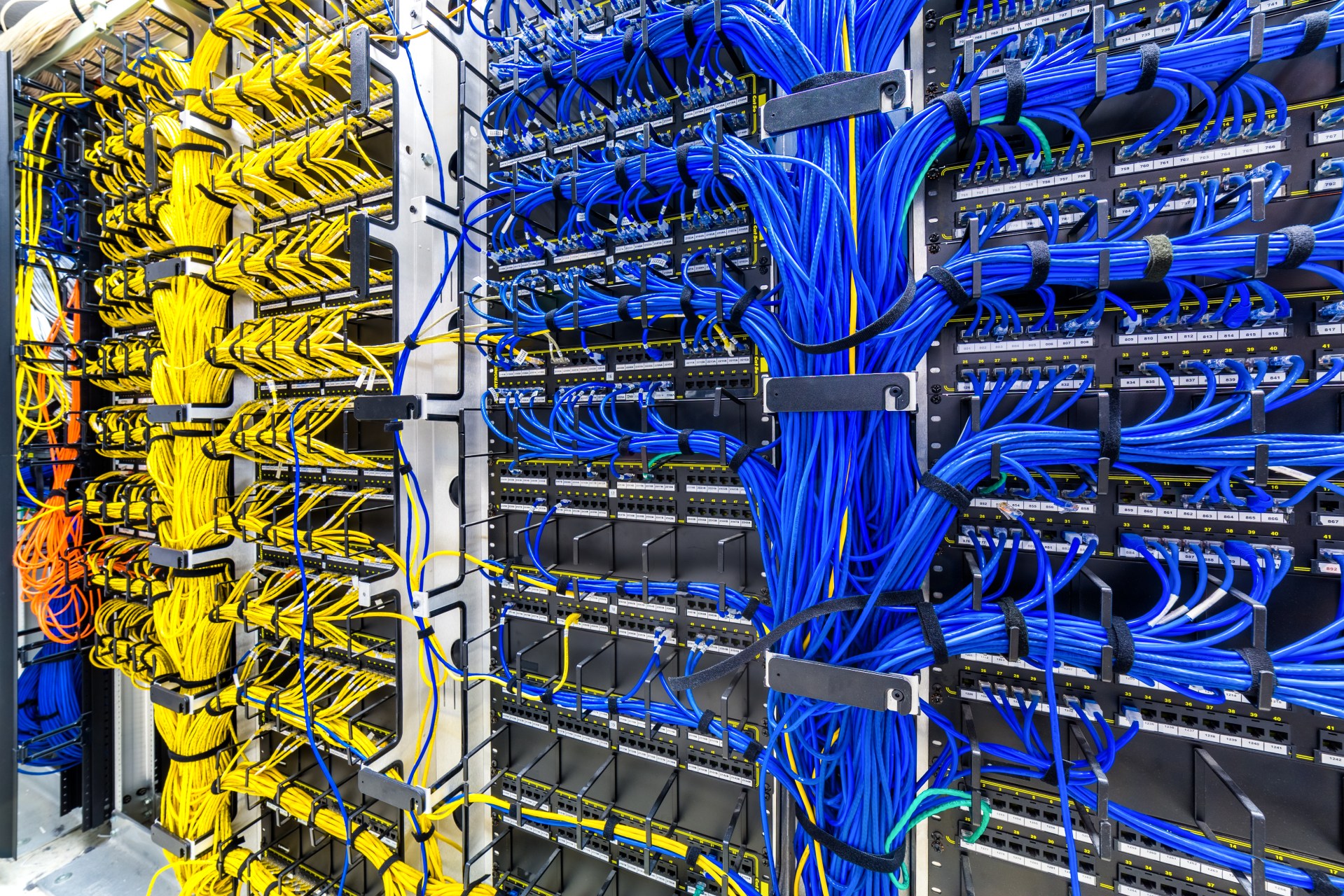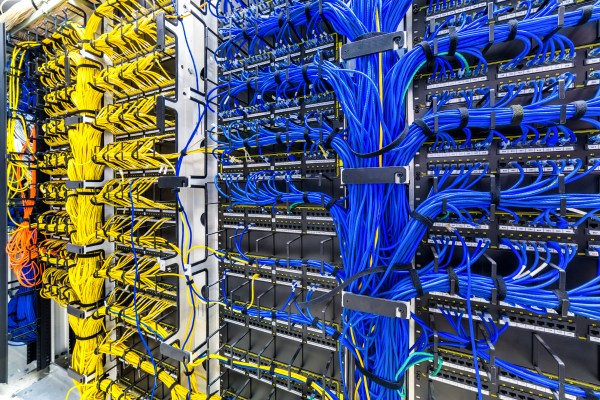

Edge colocation and 5G are a powerful combination, particularly when it comes to powering edge computing networks. Here is a quick guide to what you need to know about the development of this sector.
The key characteristic of edge computing is that it processes data at the edge of a network, in other words, near users. One of the main drivers behind the adoption of edge computing is the desire (or need) to minimize processing time. This involves minimizing latency.
It therefore follows that the integration of 5G networks into edge computing makes a natural partnership. A significant percentage of edge computing applications are mobile or have a mobile element. There are also edge computing applications that are typically deployed in areas that do not have reliable fixed broadband (e.g. rural areas).
For many businesses, using edge colocation with 5G is the ideal way of leveraging the combined benefits of edge computing and 5G networking. Here are 5 reasons why.
The value proposition offered by regular colocation also applies to edge colocation. In fact, it’s arguably even stronger. The main reason for this is that there is no edge-computing equivalent of the public cloud. This means that businesses either have to use their own infrastructure or use colocation.
For many businesses, using colocation is simply the only practical option. Firstly, it saves them from having to tie up funds in infrastructure. This is particularly relevant for businesses that are still getting to grips with edge computing. Secondly, it allows them to benefit from shared infrastructure costs and economies of scale.
With edge colocation, businesses have the convenience of managed infrastructure. At the same time, they have full control over the equipment they use. This minimizes the workload required to manage in-house IT while still enabling businesses to leverage its many benefits.
Using edge colocation enables businesses to scale their provisioning to match their business cycles while also implementing customized or even bespoke solutions. This is highly relevant to many areas of edge computing.
For example, edge computing is frequently used in retail. One of its most popular applications is to track inventory in real-time. Many retailers have significant fluctuations in workload both at the macro level (time of year) and the micro level (time of day).
This means that it is highly beneficial for them to be able to scale their use of resources in line with their workload. At the same time, they may want, or need, solutions that are specifically adapted to their business processes. This means that edge colocation is the obvious choice for them.
Edge colocation providers typically provide contractually enforceable uptime guarantees. They may also provide enforceable service-level agreements. Even if they don’t, it’s always in a colocation provider’s best interests to provide good customer service. Quite simply, if they don’t, their customers can always go elsewhere.
Implementing edge computing brings a whole new set of security and compliance considerations. With edge colocation, the colocation provider will take ownership of ensuring the security and compliance of the edge infrastructure. This means that clients just need to focus on ensuring the security and compliance of their own equipment.
Edge data centers play a pivotal role in supporting low-latency applications by strategically positioning computational resources closer to end-users. This localized approach minimizes the physical distance data must travel, reducing latency significantly. Equipped with high-performance servers, storage, and networking infrastructure, edge data centers process data locally, ensuring swift response times critical for real-time applications.
The technical underpinning of edge data centers lies in their decentralized computing architecture. By distributing processing power across various edge locations, computational tasks are efficiently handled locally. This decentralization minimizes the reliance on distant centralized servers, resulting in optimized data processing and reduced latency for applications that operate in real-time or close to it.
In particular, edge computing has been integral to the development of the internet of things (IoT). Many of the applications of the IoT are, essentially, variations of monitoring systems. They comprise sensors and a processing system. The processing system analyzes the data from the sensors and decides how to respond to it.
The quicker this analysis can be completed, the more quickly the system can respond to changes. In some cases, (e.g. heating systems) this is largely a matter of convenience (although it may have sustainability implications). In other cases (e.g. hazard-warning systems), it can literally mean the difference between life and death.
Seamless communication between distributed edge locations is facilitated by robust networking infrastructure, ensuring efficient data exchange. This high-speed interconnectivity is instrumental in supporting real-time applications. It ensures low-latency connections between edge devices and enhances the overall responsiveness of the edge computing environment.

Discover the DataBank Difference today:
Hybrid infrastructure solutions with boundless edge reach and a human touch.
Tell us about your infrastructure requirements and how to reach you, and one of team members will be in touch shortly.
"*" indicates required fields
Let us know which data center you'd like to visit and how to reach you, and one of team members will be in touch shortly.
"*" indicates required fields